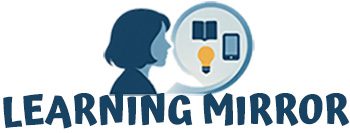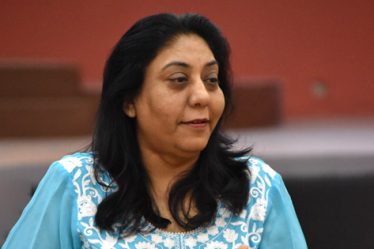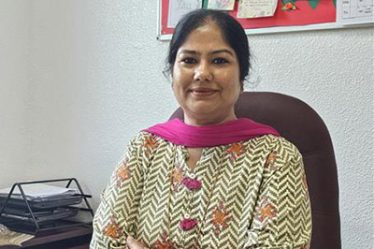If leadership has a shape, I’ve learned it is not a crown; it’s a bridge—built plank by plank from attention, patience, and endurance. Sometimes, it was one extra beat of quiet so someone else could start. Early on, I thought my job was to speak clearly. with precision — to hear what was not said, and to notice what was not asked for.
Behind the scenes, logistics often took the lead — timetables that had to lock together like puzzle pieces, and assessments that demanded both rigor and compassion. Teaching the discipline of choices and trade-offs to senior students sharpened that conviction. On the eve of the board exams, supply and demand stepped off from the graph and into life — opportunity cost became the courage to choose, and marginal thinking, the habit of steady improvement. With students, while practising papers, we also practised breathing. I watched students learn to separate effort from outcome, to respect the process, and to aim for understanding, not just answers. Of course, results matter-but growth matters more.
I learned that invisible work is still leadership—the late-night message written with care; the contingency plan nobody sees because it works; the small fixes that stop a conflict before it begins, so things stay on track.
There were seasons of mentoring and counselling, when the questions grew bigger than “What page are we on?” and became “Which path should I take?” Sitting with uncertainty alongside students and parents, we tried not just to find answers, but to weigh values over convenience — to tell pressure from purpose, and to keep one’s centre when the world tilted.
With colleagues, leadership meant building a commons — debating ideas kindly, celebrating small wins, and making room for experiments that might fail forward. Collaboration, I learned, isn’t about unanimous agreement; it’s about shared commitment — to the goal, to the process, and to each other. Trust grows when promises are kept in the small things: keeping our word, closing loops, owning mistakes, and choosing clarity over comfort.
And there are moments that keep me honest: a note kept on my table that says, “Thank you for believing in me,” or the quiet relief on a parent’s face when a problem is calmly resolved. Those are the moments I hold closest—the humanoutcomes that does not fit neatly on a dashboard.
_Amy Farzana



